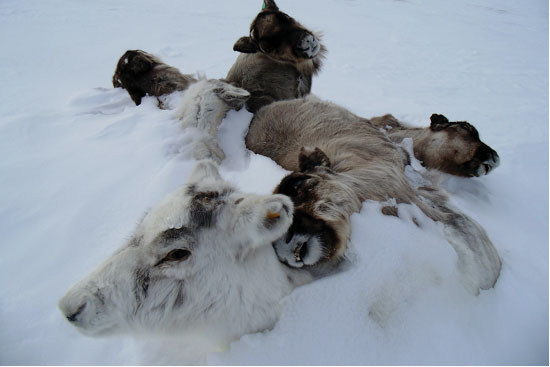The study, published today in the journal Science Advances, reports that the Arctic has warmed by 0.75 degrees Celsius in the last decade alone. By comparison, the Earth as a whole has warmed by nearly the same amount, 0.8 degrees Celsius, over the past 137 years.
With 2019 on pace as one of the warmest years on record, a major new study reveals how rapidly the Arctic is warming and examines global consequences of continued polar warming.
The comprehensive report represents the efforts of an international team of 15 authors, involving Arctic Centre at the University of Lapland, specializing in an array of disciplines, including the life, Earth, social, and political sciences.
– Many of the changes over the past decade are so dramatic they make you wonder what the next decade of warming will bring, said lead author
Eric Post, a University of California Davis professor of climate change ecology.
What 2 degrees global warming means for the poles?
The study illustrates what 2
degrees Celsius of global warming could mean for the high latitudes: up to 7
degrees warming for the Arctic and 3 degrees warming for the Antarctic during some months of the year.
– Under a business-as-usual scenario, the Earth as a whole may reach that milestone in about 40 years. But the Arctic is already there during some months of the year, and it could reach 2
degrees warming on an annual mean basis as soon as 25 years before the rest of the planet, said Eric Post.
The research group documented widespread effects of warming in the Arctic and Antarctic on wildlife, traditional human livelihoods, tundra vegetation, methane release, and loss of sea- and land ice.
– If we haven't already entered a new Arctic, we are certainly on the threshold. In Russia, extreme weather in recent years has led to mass starvation of reindeer in winter due to ice encrusted snow, and massive mortality of reindeer due to anthrax released from warming permafrost, says research professor
Bruce Forbes from the Arctic Centre at the University of Lapland.
The authors say that active, near-term measures to reduce carbon emissions are crucial to slowing high latitude warming, especially in the Arctic.

Photo by Roma Serotetto: Reindeer frozen in place after a massive rain-on-snow event on Yamal Peninsula, West Siberia during winter 2013-2014.
What happens in the Arctic doesn’t stay in the Arctic
Major consequences of projected warming in the absence of carbon mitigation are expected to reach beyond the polar regions. Among these are sea level rise resulting from rapid melting of land ice in the Arctic and Antarctic, as well as increased risk of extreme weather, deadly heat waves, and wildfire in parts of the Northern Hemisphere.
– What happens in the Arctic doesn’t stay in the Arctic. The dramatic warming and melting of Arctic ice is impacting the jet stream in a way that gives us more persistent and damaging weather extremes, said Michael Mann, a distinguished professor of atmospheric sciences at Penn State.
The project was led by the University of California, Davis. Co-authoring institutions include Pennsylvania State University; Aarhus University; University of Oxford; University of Lapland; University of Colorado, Boulder; Chicago Botanic Garden; Dartmouth College; University of Washington; Umea University; University College London; U.S. Arctic Research Commission; Harvard University; and National Oceanic and Atmospheric Administration (NOAA).
Funding for the study was provided by grants from the U.S. National Science Foundation, Academy of Finland and JPI Climate, National Geographic Society, Natural Environment Research Council, the Swedish Research Council, U.S. National Aeronautics and Space Administration, and NOAA.
Paper The Polar Regions in a 2oC warmer world is published on http://advances.sciencemag.org/. Link to the paper.
For more information:
Bruce C. Forbes, Research Professor
Arctic Centre, University of Lapland
bruce.forbes(at)ulapland.fi, +358 40 847 9202